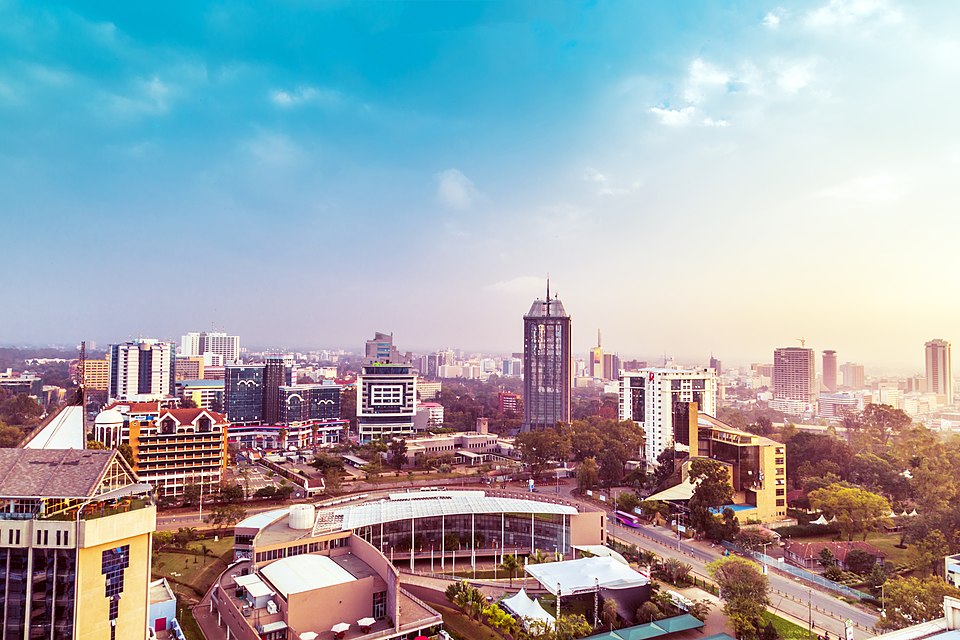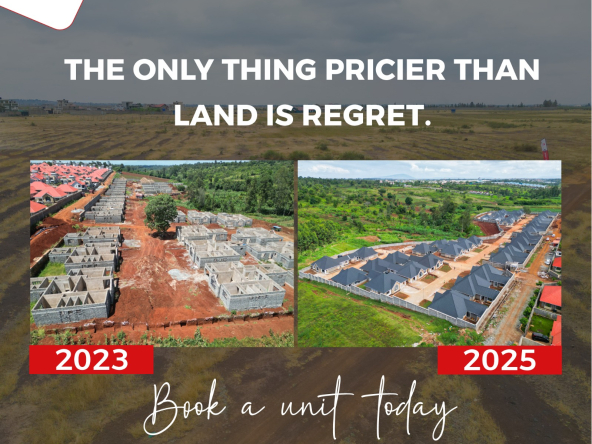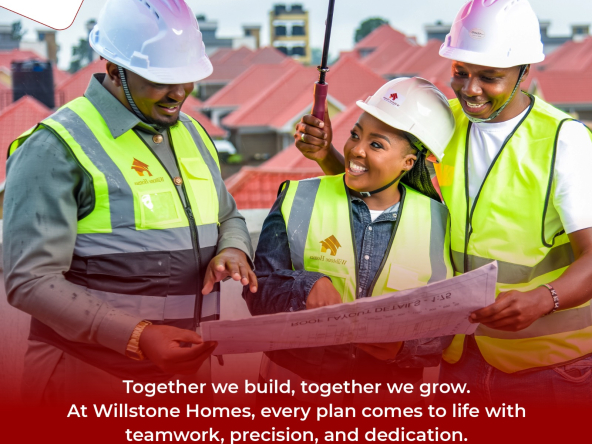The Nairobi skyline is rising higher than ever before, with glass-and-steel towers reshaping the city’s profile. Nowhere is this transformation more evident than in Upper Hill and Westlands, two high-demand neighbourhoods experiencing a vertical living revolution. From luxury apartments to high-density mixed-use towers, vertical urbanism is fast becoming the new frontier for real estate investment in Kenya’s capital.
From Suburban Sprawl to Vertical Density
For decades, Nairobi’s housing market has been dominated by single-family homes and low-rise apartments. But with rising land costs, population pressure, and zoning reforms, developers are now going up instead of out. This pivot toward vertical development is particularly visible in Upper Hill—once a quiet zone for colonial-style bungalows, now a business and residential hub with 20+ floor high-rises—and Westlands, which has morphed into Nairobi’s answer to a modern, 24-hour city.
According to HassConsult’s Q1 2025 property index, high-rise apartment projects in Upper Hill have increased by over 35% since 2022, with similar growth seen in Westlands. The trend is driven by a need to maximize returns on expensive urban land and cater to a growing market of urban professionals, expatriates, and investors seeking long-term rental income.
Read Also: Nairobi Targets Extra KSh5 Billion from Land Rates as City Tightens Grip on Rogue Developments
The Upper Hill Effect: From Corporate to Cosmopolitan
Upper Hill’s transformation has largely been anchored in infrastructure and commerce. Home to international organizations, embassies, top banks, and private hospitals, the area has become a magnet for foreign investment and executive-level tenants. As demand for housing within walking distance of workplaces rises, developers are responding with fully serviced apartments, vertical condos, and lifestyle-oriented towers.
Notable developments in Upper Hill include:
- Britam Tower – East Africa’s tallest commercial tower, symbolizing Nairobi’s modern skyline.
- The Pinnacle – a 70-floor skyscraper in progress, set to house apartments, offices, and a Hilton hotel.
- Upper Hill Chambers & Mi Vida Upper Hill – Residential towers targeting high-net-worth individuals and expatriates.
Westlands: Nairobi’s Live-Work-Play District
Meanwhile, Westlands continues to evolve into Nairobi’s premier mixed-use zone. Once known for its entertainment spots and shopping malls, Westlands is now a construction hotspot, with over 20 residential towers either under development or recently completed.
Developers are building smart apartments ranging from KSh 9 million to KSh 40 million, offering features like:
- Gym & wellness centres
- Rooftop gardens and infinity pools
- Co-working lounges
- Biometric security and smart home automation
The attraction? Location, prestige, and efficiency. Westlands offers instant access to malls (Sarit, Westgate), embassies, schools, hospitals, and the Expressway—making it ideal for high-income renters, diplomatic staff, and real estate investors seeking short-term ROI through Airbnb or furnished leasing.
Why Vertical Living Works in 2025 Nairobi
Several macro and local factors explain why vertical living in Nairobi—especially in Upper Hill and Westlands—is booming:
| Factor | Impact |
|---|---|
| Rising Land Prices | Developers must build up to justify land acquisition costs |
| Urbanization & In-migration | Nairobi adds ~200,000 people per year—mostly urban workers |
| Infrastructure Expansion | Expressway, bypasses, and public transit enable higher density settlements |
| Changing Lifestyles | More Kenyans prefer apartments with amenities over large private homes |
| Foreign Direct Investment | International firms, UN workers, and diplomatic missions fuel demand |
Foreign Investors Are Taking Note
Global and regional investors are increasingly funding high-rise developments in Nairobi. According to the Kenya Property Developers Association (KPDA), over USD 300 million in foreign-backed projects are currently underway in Nairobi’s core, with most targeting Westlands and Upper Hill.
These projects offer not just housing, but full ecosystems that combine residential, commercial, and leisure facilities in one footprint—a concept known as “live-work-play.” Investors from China, UAE, South Africa, and India are eyeing Nairobi’s housing deficit and its growing middle class as a long-term growth opportunity.
Challenges Still Linger
Despite the optimism, vertical living in Nairobi is not without challenges. They include:
- Strained utilities: Sewer systems, water access, and power grids are yet to match vertical demand.
- Affordability gap: Most high-rise units target upper-middle to high-income brackets, leaving out the bulk of urban dwellers.
- Zoning issues and overbuilding fears: Some developers are bypassing height and density regulations.
The Nairobi Metropolitan Services and County Planning Departments are now under pressure to revise building codes, upgrade infrastructure, and regulate vertical growth to prevent future urban chaos.
Nairobi’s Skyline Tells a Story of Transition
As Nairobi matures into a global city, vertical living in Upper Hill and Westlands is no longer a trend—it’s a necessity. Driven by land scarcity, foreign capital, and a shift in urban culture, these high-rise developments are not just changing how Nairobi looks, but how it lives.
For investors, tenants, and developers alike, now is the time to understand the dynamics of Nairobi’s vertical boom and align with the future of real estate in East Africa’s most influential capital.
Read Also: Land Prices in Nairobi’s Satellite Towns Surge as Affordability Drives Demand




